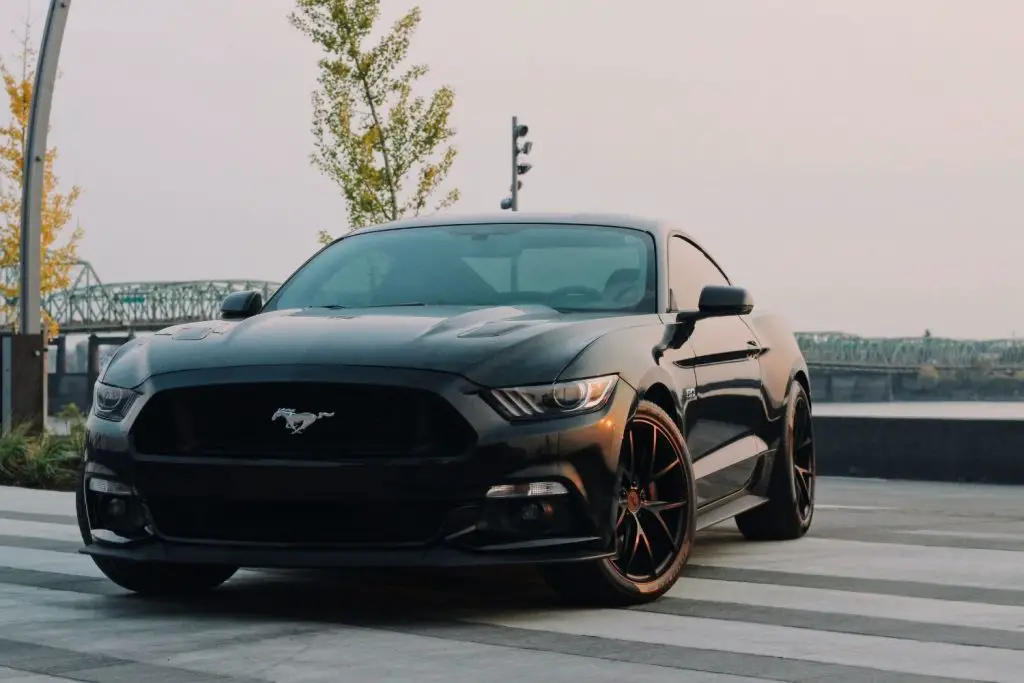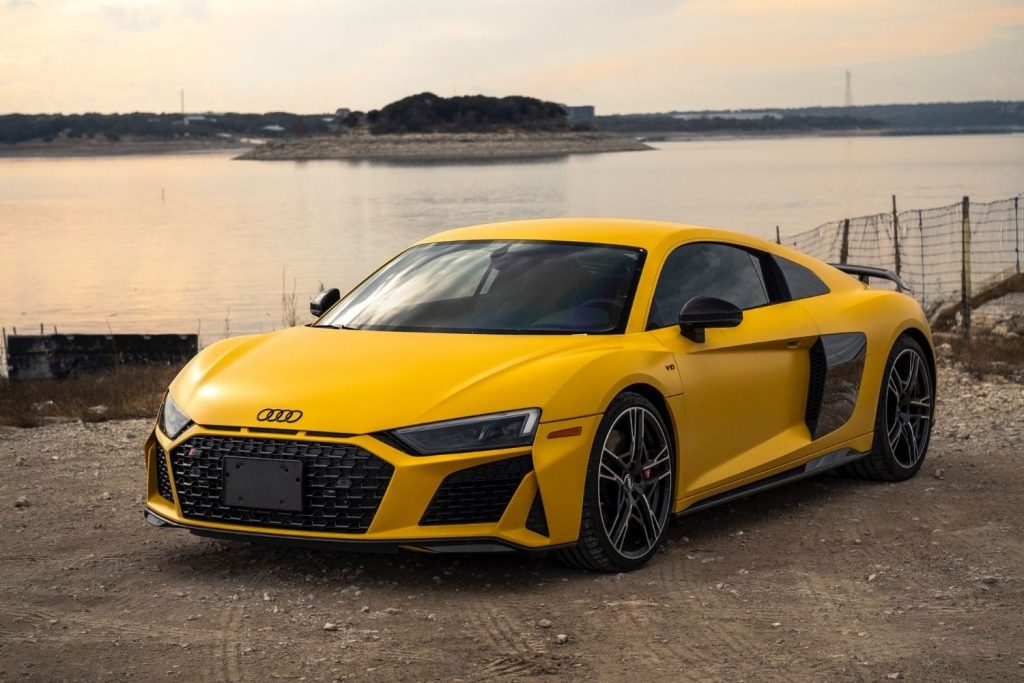We may get commissions for purchases made through links in this post. Thanks for the support! 👍
It is common to hear the terms sports car, supercar and hypercar used interchangeably. However, there are significant differences between these three types of vehicles.
Sports cars are designed for speed and agility and are typically lighter and smaller than other types of cars. Supercars are even faster and more powerful than sports cars and often come with luxury features such as leather seats and an upmarket stereo system. Hypercars are the most expensive and exclusive type of car, with only a handful of models in existence. They are usually custom-built to order and can cost upwards of $1 million.
Hypercars also have the highest top speeds and acceleration rates of any type of car on the road. Whether you’re looking for speed or luxury, there’s a car out there that’s perfect for you.
Essentially, the progression goes like this: Sports Car > Supercar > Hypercar.
Let’s dig into each of these categories to see how they relate to each other, and how each category builds on the last one.
1. Sports Cars

Of the differentiation between a sports car, a supercar, and a hypercar, this is what you would consider the base of the three types of vehicles. All of the different categories we are going to talk about have the sports car DNA in them. Not all sports cars are hypercars and supercars, however, all hypercars and supercars are sports cars.
A sports car (even ones with backseats) is a vehicle designed for performance driving. Sports cars typically have powerful engines and sleek, aerodynamic bodies. However, there are also budget sports cars that are built more for handling, and are not high horsepower examples (think: Surbaru BRZ, Mazda Miata).
The sports are is usually lighter and more nimble than other types of cars, making them well-suited for high-speed driving. Sports cars often come with features that improve their handling and braking, such as stiffer suspension and larger brakes.
Many sports cars are also equipped with manual transmissions, which give the driver more control over the car’s performance, however, automatic dual-clutch transmissions are becoming increasingly more popular as they can shift quicker than a manual at this point.
While sports cars can be fun to drive, they typically have poor fuel economy, can be quite expensive to maintain (unless you opt for a lower-power sports car), and don’t have much for seating capacity and luggage capacity. As a result, they are not practical everyday vehicles for most people.
However, if you enjoy driving and are looking for a vehicle that can provide an exhilarating driving experience, a sports car may be the right choice for you.
Top 6 traits of a sports car
- 2-Doors
- Easily attainable by middle class
- Great handling, shifting, and agility
- Stiffer suspension and larger brakes than normal cars
- Great build quality
- Easily driven by a normal person
- Great power to weight ratio (not necessarily high horsepower)
Examples of Sports Cars
- Toyota GR86 (Scion FR-S, Subaru BRZ)
- Ford Mustang
- Porsche 911 (GT3RS and high-performance versions are considered supercars)
- Porsche Boxster
- Mazda MX-5 Miata
- Chevrolet Corvette
- Chevrolet Camaro
- BMW Z4
- Toyota GR Supra
2. Supercars

A supercar is a sports car that is designed to be among the fastest and most powerful vehicles on the road. They are typically produced in limited quantities, and their prices can range from a little over $100,000 to almost $1,000,000.
While many supercars are designed for ordinary road use, others are intended purely for racing or track use.
Some of the most famous supercars include the Ferrari Enzo, the Lamborghini Huracan, and the McLaren 570S. Due to their high performance and exclusivity, supercars are often considered symbols of wealth and success.
You will generally know a supercar when you see it. Supercars pull everything that a sports car has, and make it better. Most supercars have more than 500 horsepower. The majority of supercars are mid-engined and are quite powerful.
The same technique is used in the vehicle transmission process. Supercar paddle shifters improve the performance of the vehicles over a standard sports car.
Supercars generally are owned by people that can perform their maintenance, as this can be quite expensive to maintain these high-performance machines.
Top 6 traits of a supercar
- Limited production
- High horsepower
- Some of the best handling and performance of any vehicle
- Can be difficult to drive, and will generally drive very different than a normal sports car
- Not normally affordable for the middle-class
- Includes many expensive materials
Examples of Supercars
- Lamborghini Huracan & Aventador
- Ferrari SF90 Stradale
- Audi R8
- McClaren 570S
- Acura NSX
- Ford GT
- Aston Martin Vantage
3. Hypercars

A hypercar is a term used to describe a usually street-legal vehicle that is designed and engineered for extreme performance. However, the term hypercar really is not an official term, rather it describes supercars at the top end of that realm.
Hypercars are often extremely limited production vehicles and offer the highest levels of power, handling, braking, and acceleration available from any production car.
Hypercars may also have other features such as all-wheel drive, advanced aerodynamics, and race-inspired styling. While the term hypercar is not an officially recognized automotive classification, it is commonly used by automakers, motorsport competition organizers, the automotive media, and enthusiast groups.
These vehicles are the pinnacle of automotive engineering and performance and typically offer stunning looks to match.
You can often find hypercars breaking speed records, and are generally the craziest looking versions of the supercar genre.
Top 6 traits of a hypercar
- Extremely limited production (generally sold out before announcement even happens)
- High horsepower and speed (many over 1,000 horsepower)
- Extreme styling
- Very difficult to drive for the normal person
- Purpose-built (not normally comfortable to drive)
- Very, very expensive (way outside of what even the richest are able to afford)
Examples of Hypercars
- Bugatti Chiron
- McLaren P1
- Lotus Evija
- Koenigsegg One
- Pagani Huayra
- Lamborghini Sian
Frequently Asked Questions
Is the Nissan GTR a supercar?
The Nissan GTR is one of the most debated vehicles, as no one is quite sure if it should be considered a standard sports car or a supercar. With its front engine, it should be a sports car, but it is capable of some impressive speeds and power, making it a great candidate for a supercar. I personally believe it should be considered a supercar.
Is Corvette a supercar?
The new Corvette C8 with its mid-engine design takes a ton of DNA from supercars, however with its attainable price tag, and reasonable comforts, the Corvette has become a best of both worlds while still maintaining its sports car status.
- Power Shifting: What is it, and is it okay to do in your car?
- Top 4 Reasons I Believe Lamborghini Doesn’t Advertise
Conclusion
So, what is the difference between a sports car, a supercar, and a hypercar? A sports car is just a regular car that has been built for performance. A supercar takes that performance to the next level with more power and better handling. A hypercar is an extreme version of a supercar with even more power and is often purpose-built for racing, or just showing off wealth.
The sports car, supercar, and hypercar all have different meanings depending on who you ask, but in general, these are the definitions. Sports cars are the most common, supercars are less common and more expensive, and hypercars are the rarest and most expensive.

![8 Toyota Cars, Trucks, and SUVs [Plus a Minivan] Made In America](https://amanandhisgear.com/wp-content/uploads/2020/04/2020-Toyota-Tundra.jpg)